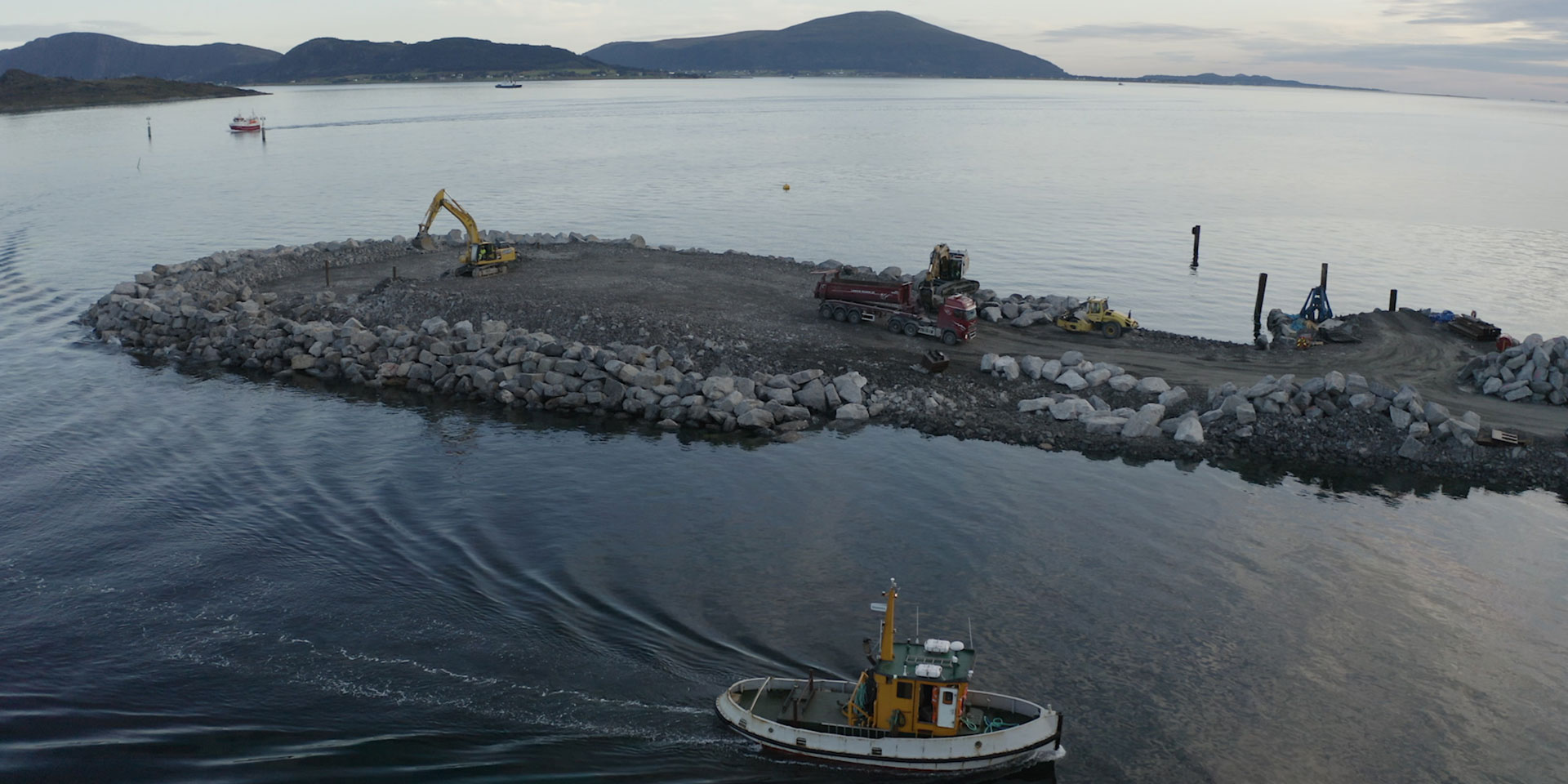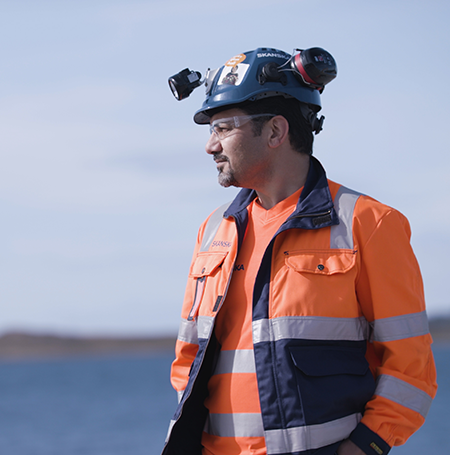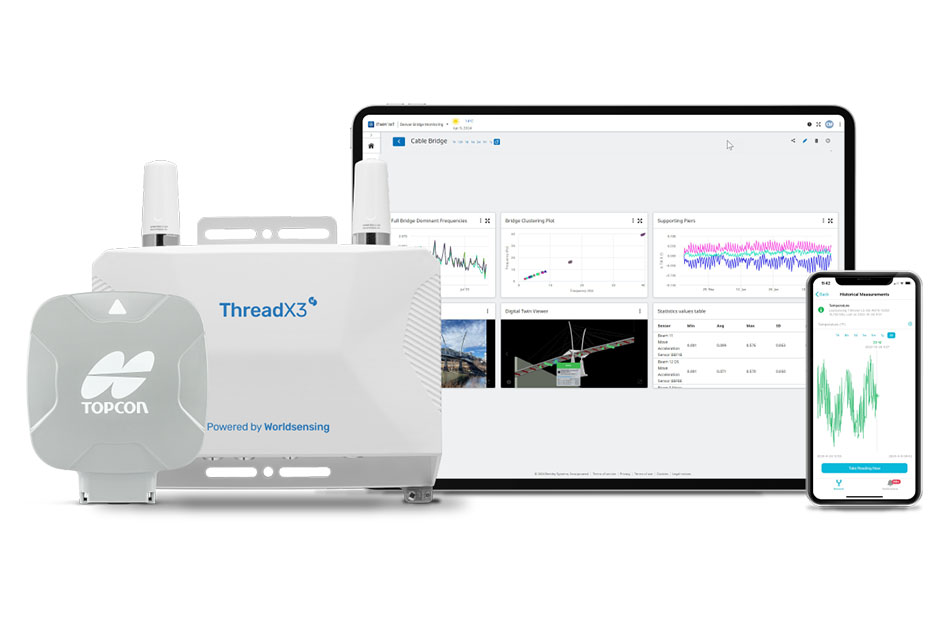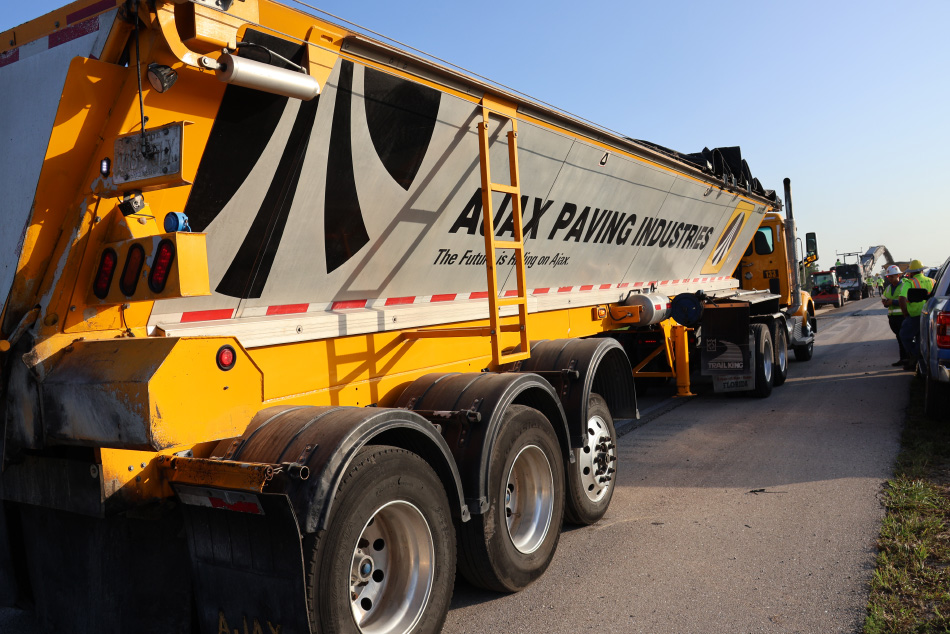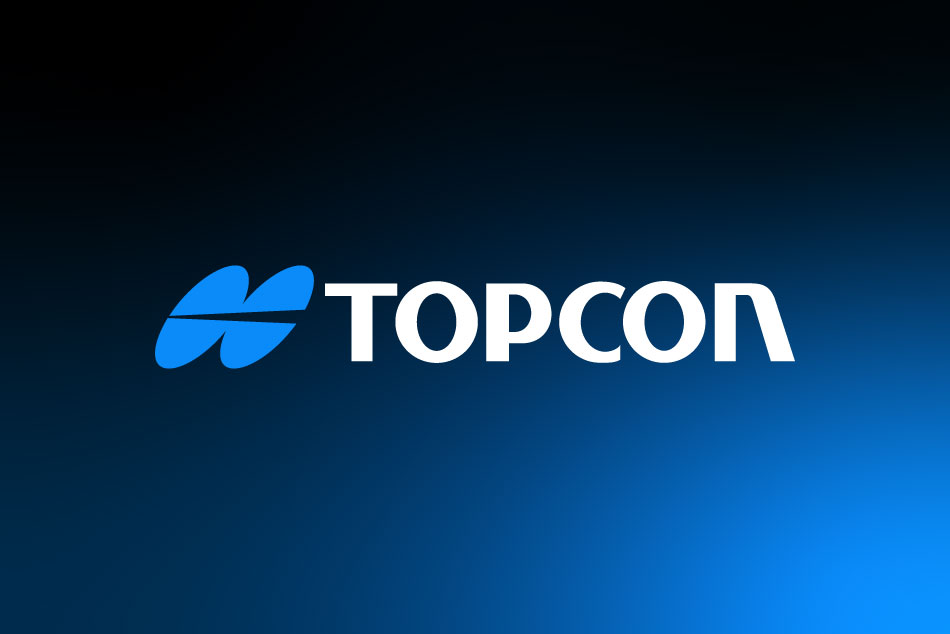How Skanska won the project
With a landscape like Norway’s, a neighbouring village can be near and far at the same time. Roads can bring people closer together. The new Nordøyvegen, or North Island Road, will connect 5 islands to the mainland. It will bring the approximately 10,000 inhabitants in the municipalities of Haram and Sandøy closer together.
In the autumn of 2018, the Norwegian Public Roads Administration appointed Skanska as the general contractor. Working with MAGNET Project, Skanska arrived at the best project implementation plan and the best competitive price in the bidding phase, achieving a 50 million euro deduction and winning the project. The project began in early 2019.











